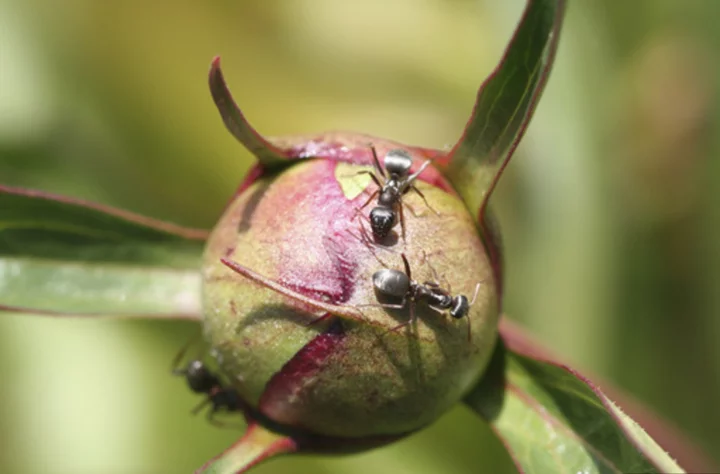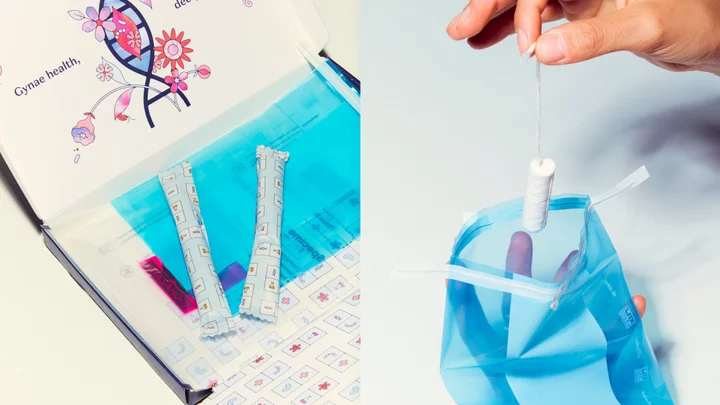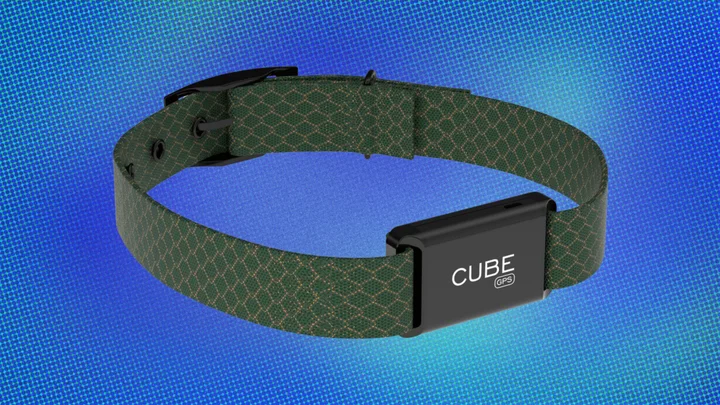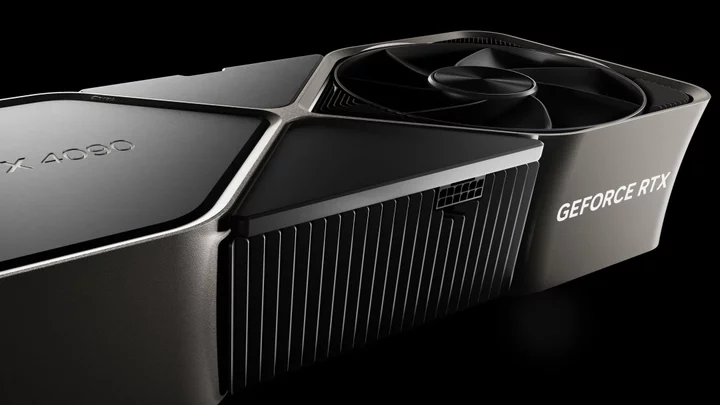I replanted some of my containers last week, swapping out dead pansies for petunias, which will better withstand the heat as summer progresses. As I removed the spent plants from their pots, a swarm of ants immediately covered my bare arms.
That wasn’t the first time I’d disturbed an ants’ nest in my garden. Last year, they were in my potato grow bags; the year prior, in the front garden bed. Each encounter ended with me racing into the house, removing my clothes as quickly as possible, placing them straight into the washer and taking my second shower of the day.
It’s not pleasant to stumble upon a colony of ants, to say the least, but are the tiny little insects actually harmful to our plants?
Myths abound! I’ve heard gardeners attest that peonies won't bloom without ants. This is simply untrue. I’ve also heard gardeners lament that ants were eating their peony blossoms. Also untrue. In reality, ants and peonies share a mutually beneficial relationship: Peony buds exude a sweet nectar that attracts and feeds the ants, who in return protect the plant from insect pests.
(I’m not referring here to carpenter ants, fire ants or leafcutter ants, which can pose serious threats to structures, people and plants, respectively. If you’ve identified one of those species around your home, insecticides may be warranted. Check with your county extension office for guidance.)
Some folks report noticing leaves on a plant turning black and, upon inspection, find an army of ants on its on stems and foliage. It’s not the ants that are damaging the plant, however. They’re innocent bystanders whose presence merely indicates that the plant is infested with aphids, the real threats in this scenario.
After sucking sap from the plant, aphids excrete a sweet, sticky substance called honeydew, on which black, sooty mold tends to grow. The ants are attracted to the honeydew and eat it without harming the plant.
Common yellow ants, who know a good thing when they see it, actually “corral” aphids to a plant’s root zone to protect the aphids from natural predators like ladybugs, said Jody Gangloff-Kaufmann, a Cornell University entomologist based in Babylon, New York. That ensures the survival of the ants' literal sugar daddies, who provide a continuous supply of food but can imperil plant roots.
“It’s a real farming example that’s akin to humans and cows,” she added.
Ants dabble in pollination, break down organic matter, eat the eggs of some harmful pests, and are a food source for birds, frogs and insects higher up the food chain. They also tunnel through the soil, creating air pockets that deliver oxygen to plant roots and improve drainage. That tunneling also moves seeds through the soil, which is necessary for the propagation of self-sowing plants, including native wildflowers.
“Ants are like a sanitation crew,” Gangloff-Kaufmann said. "When there’s a dead bird or mouse, they are among the first to reach the carcass, competing for resources with the filth flies, and that reduces the number of flies that carry disease and visit your potato salad.”
Although they might occasionally ruin a picnic or send you running for the shower, the misunderstood arthropods aren’t typically destructive to garden plants. But if you spot both aphids and ants on a plant, it’s best to rinse them off with a stream of hose water.
—-
Jessica Damiano writes the award-winning Weekly Dirt Newsletter and regular gardening columns for The AP. Sign up here to get weekly gardening tips and advice delivered to your inbox.
—-
For more AP gardening stories, go to https://apnews.com/search?q=gardening#nt=navsearch









